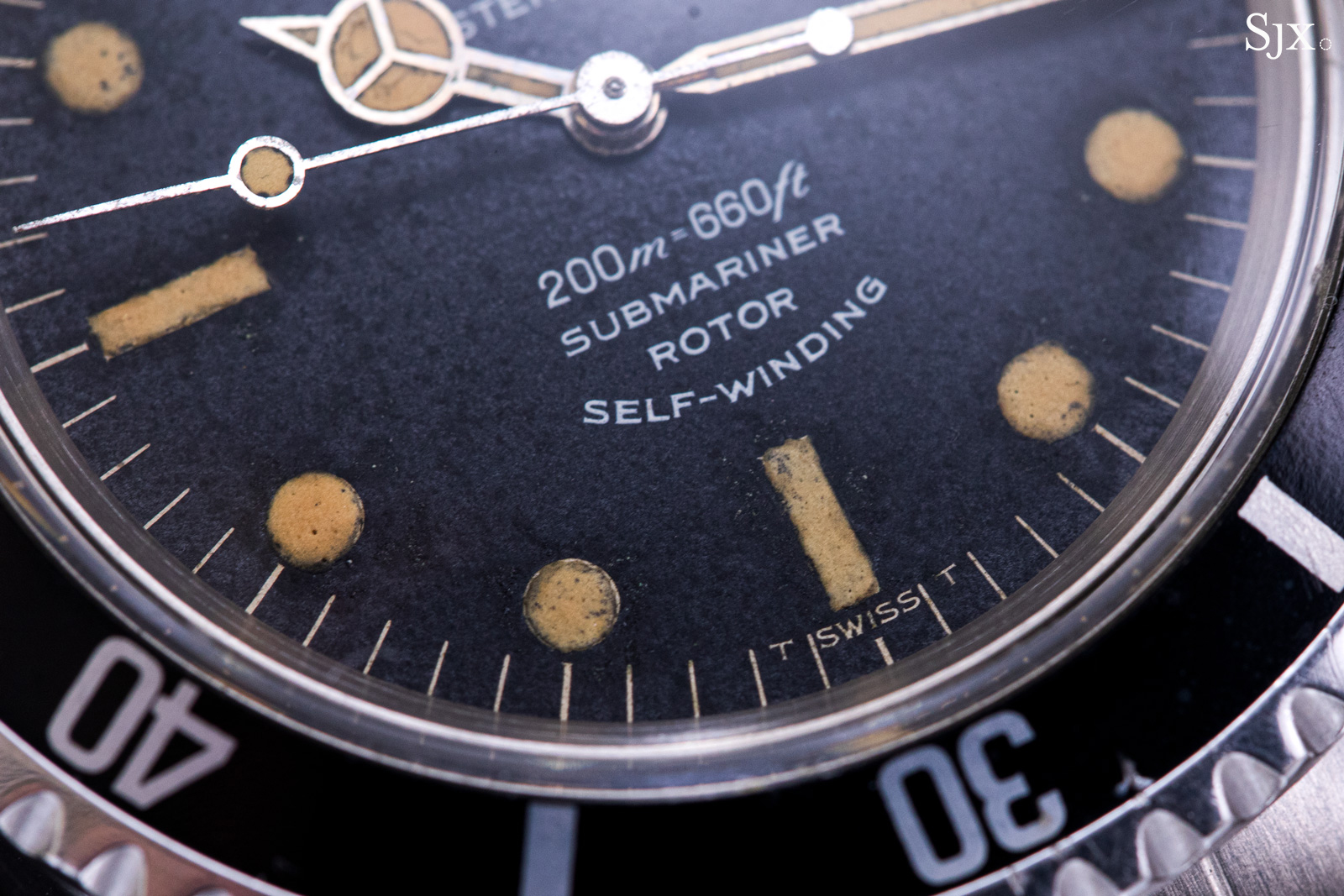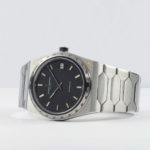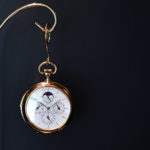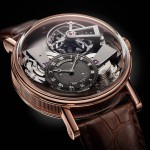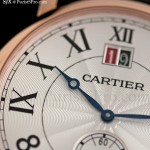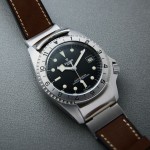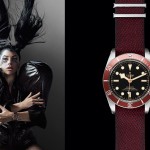Exhibition: Vintage Tudor Dive Watches in Singapore
The six-decade evolution, on show till December 13.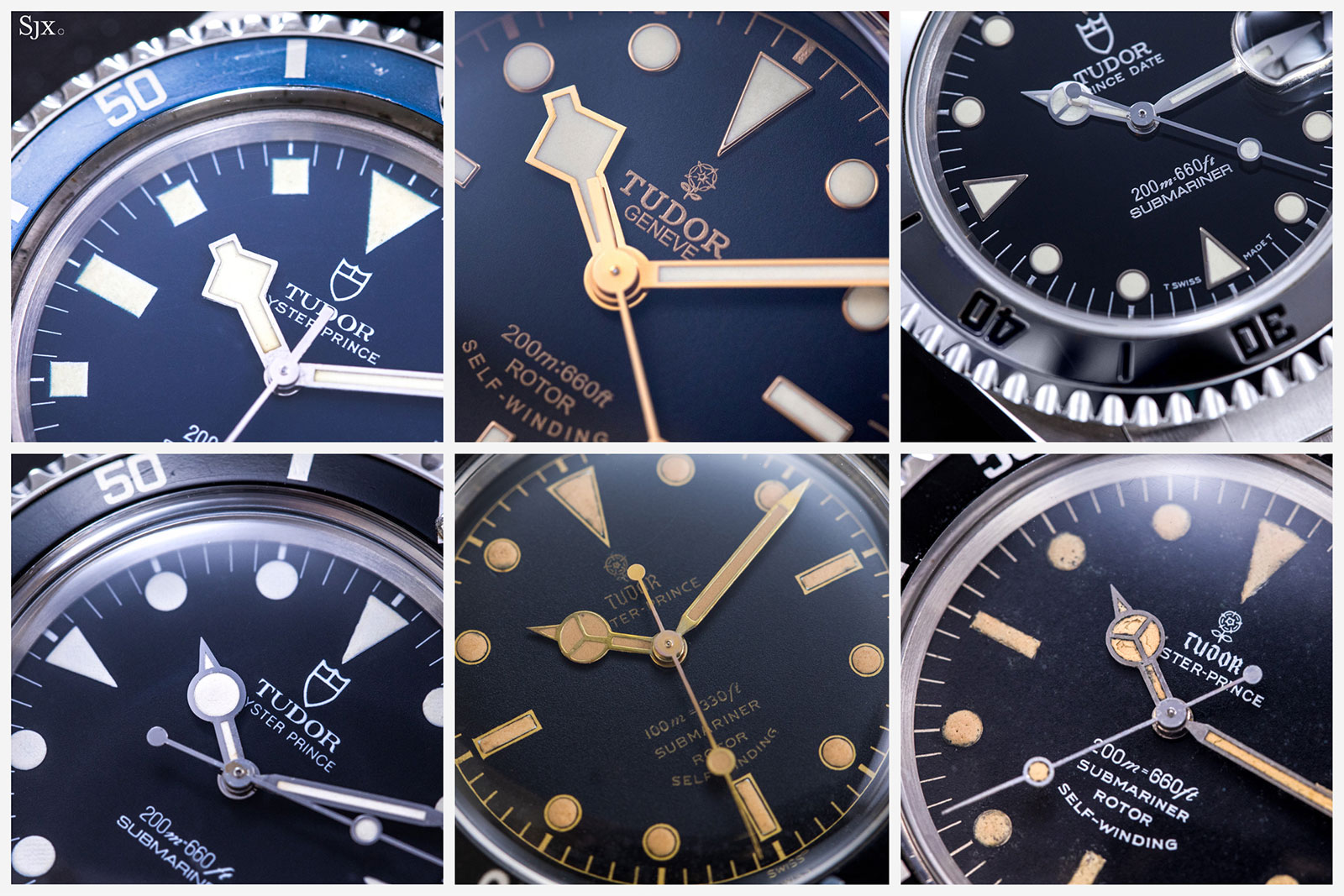
Tudor has just opened its latest boutique in Singapore, marking the occasion with an exhibition of vintage Tudor watches that chart the evolution of the brand’s dive watches since the 1950s – Six Decades of Tudor Divers’ Watches.
Taking place from December 1-13 at the boutique in ION Orchard mall, the exhibition showcases pivotal historical models, with five watches from the Tudor’s museum on show, including the first-ever Tudor dive watch, the ref. 7922 as well as the “snowflake” issued to the divers of the French navy. Here’s a look at some of the highlights on show.

The display of diver’s watches, and in the background a 1986 photo of Marine Nationale divers wearing the Tudor Submariner ref. 9401. Photo – Tudor
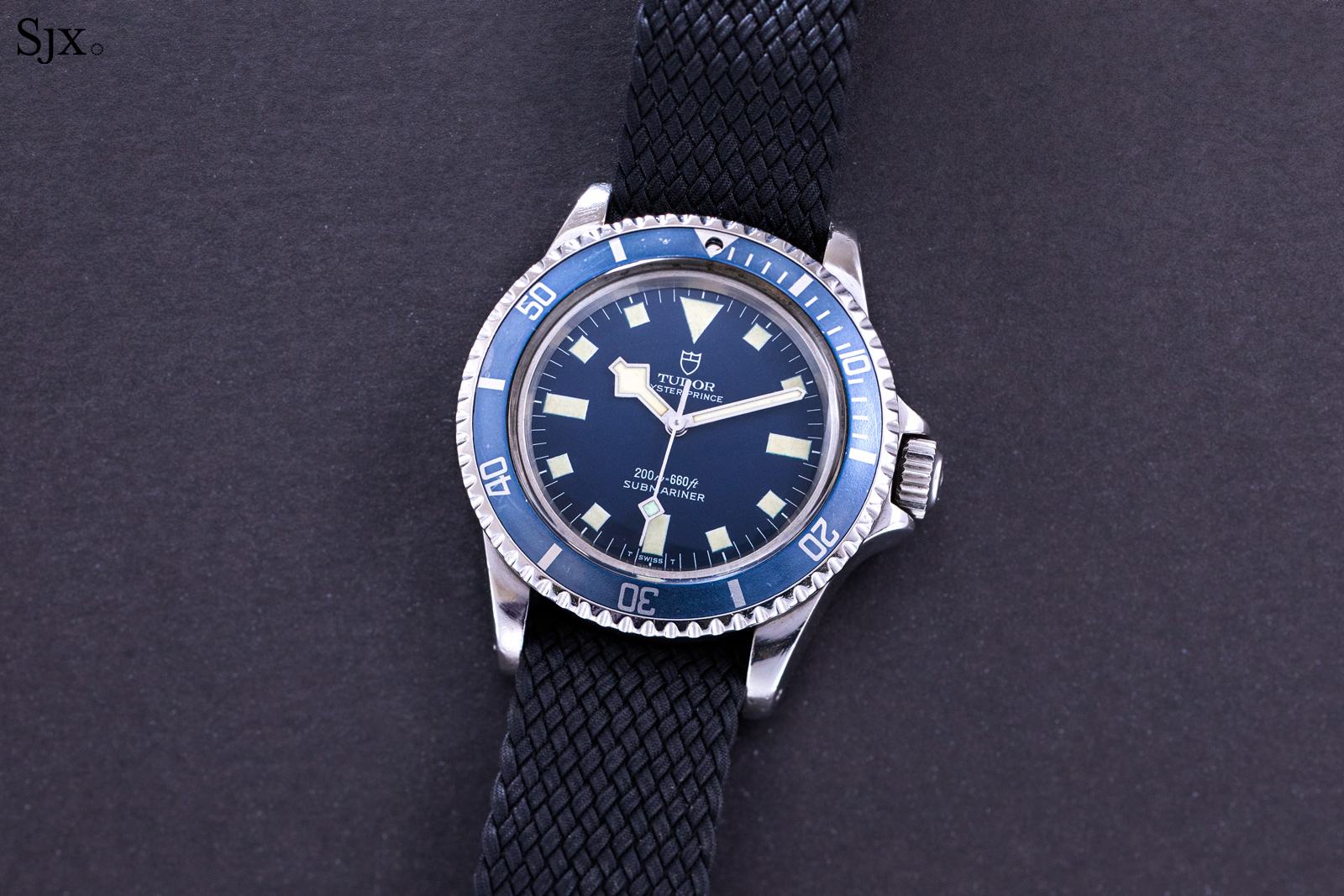
The Submariner ref. 9401/0 “MN” issued to French navy divers
The early days
Established by Rolex founder Hans Wilsdorf with the intention providing more affordable watches that nonetheless had the same dependability as Rolex timepieces, Tudor has a rich history in water-resistant watches catered to professionals since the 1940s. Naturally, its most iconic sports watches have been dive watches, a lineage that started in 1954 with the self-winding Oyster Prince Submariner ref. 7922.
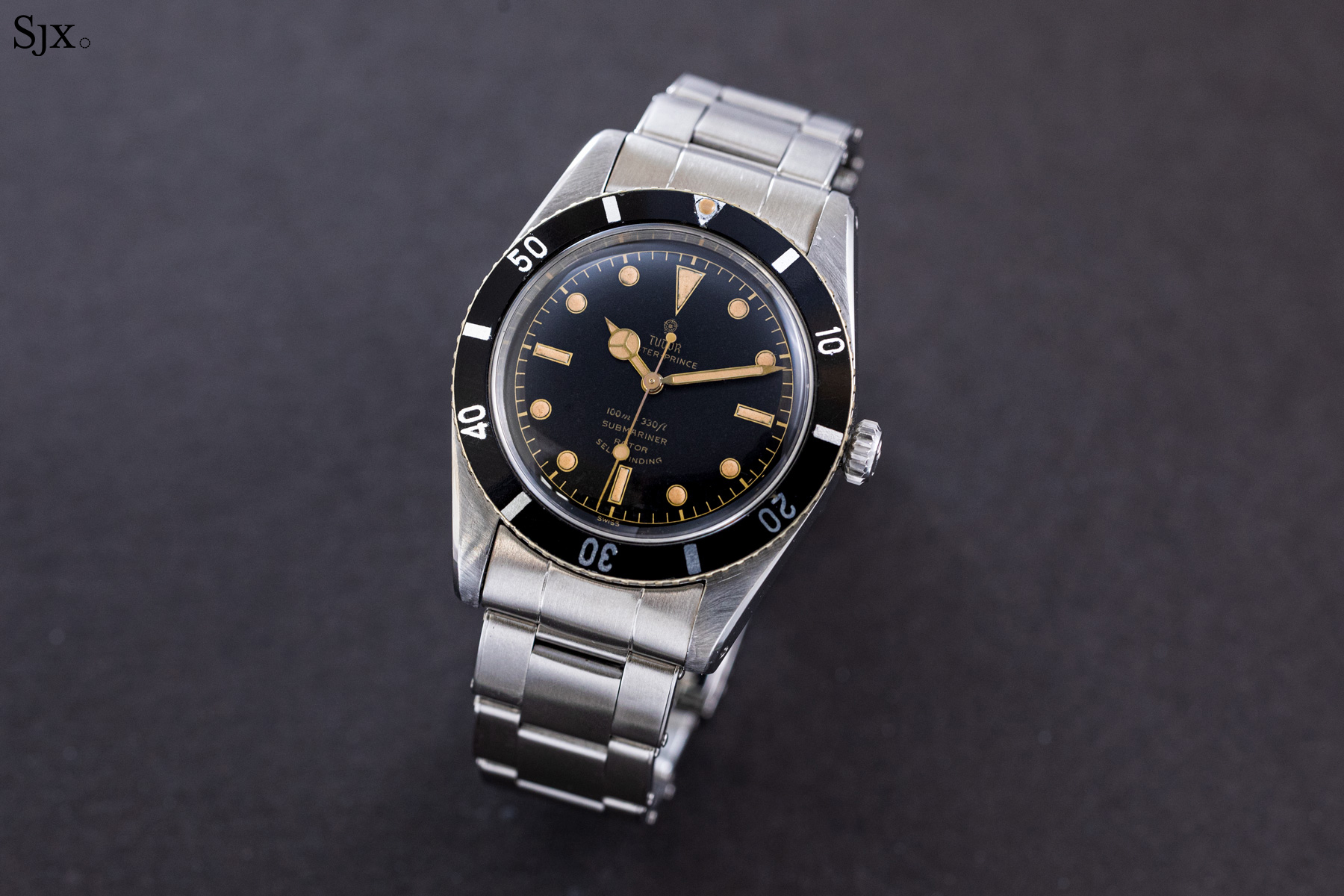
The ref. 7922
The brand’s first dive watch, the ref. 7922 was launched a year after Rolex unveiled its first Submariner. As with all Tudor watches of the 20th century, much of the ref. 7922, save for the movement, was manufactured by Rolex, resulting in a watch very similar to the Rolex Submariner of the period. Notably, the ref. 7922 was judged robust enough by the French navy, or Marine Nationale, and issued to its divers, marking the start of a partnership that spanned some five decades.
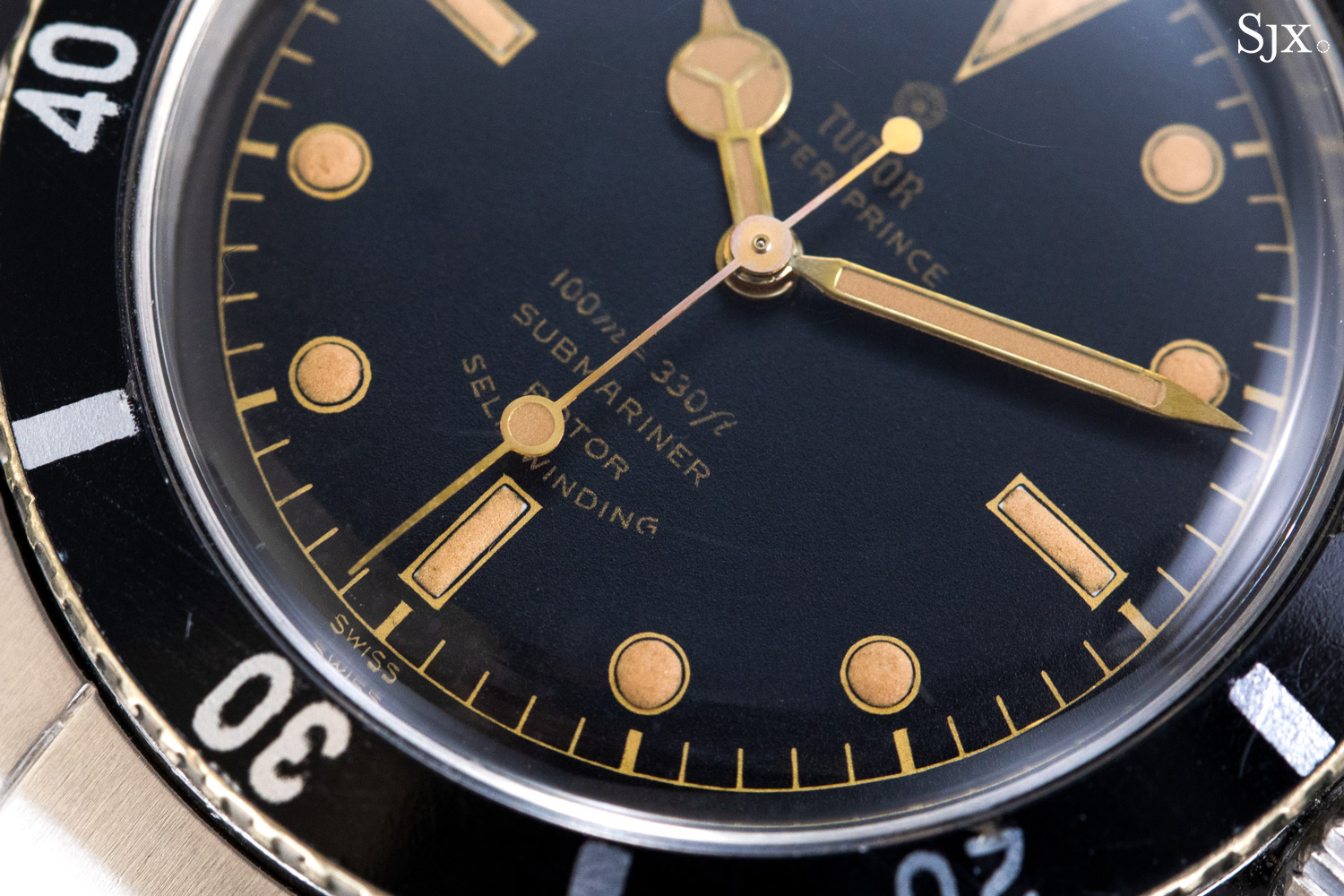
The matte “gilt” dial of the ref. 7922
Several characteristics give away the fact that the ref. 7922 is one of the earliest examples of a Tudor dive watch, most notably the lack of crown guards, bezel without hash marks, and the 100 m water resistance. Ditto for the “Mercedes” hours hand, which is still used by Rolex today, but was subsequently tweaked by Tudor to create its own distinctive set of hands.
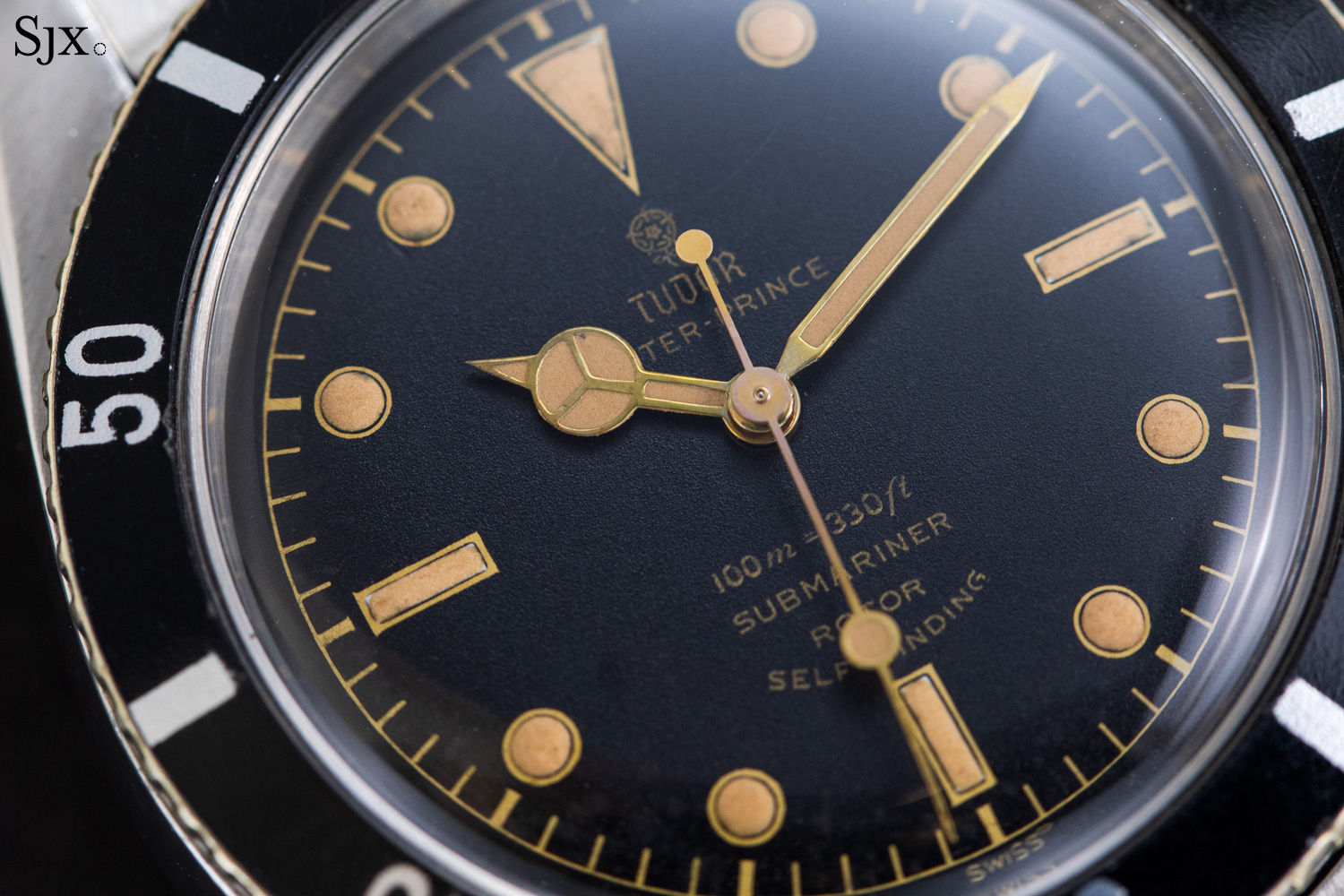
Along with the “Mercedes” hour hand and “rose” logo
Five years later in 1959, the square crown guard made its debut on the Oyster Prince Submariner ref. 7928. The rotating bezel also received hash marks for the first quarter. Such improvements were practical: the crown guard protected the crown and stem, while the hash marks made it easy to track the first 15 minutes of elapsed time.
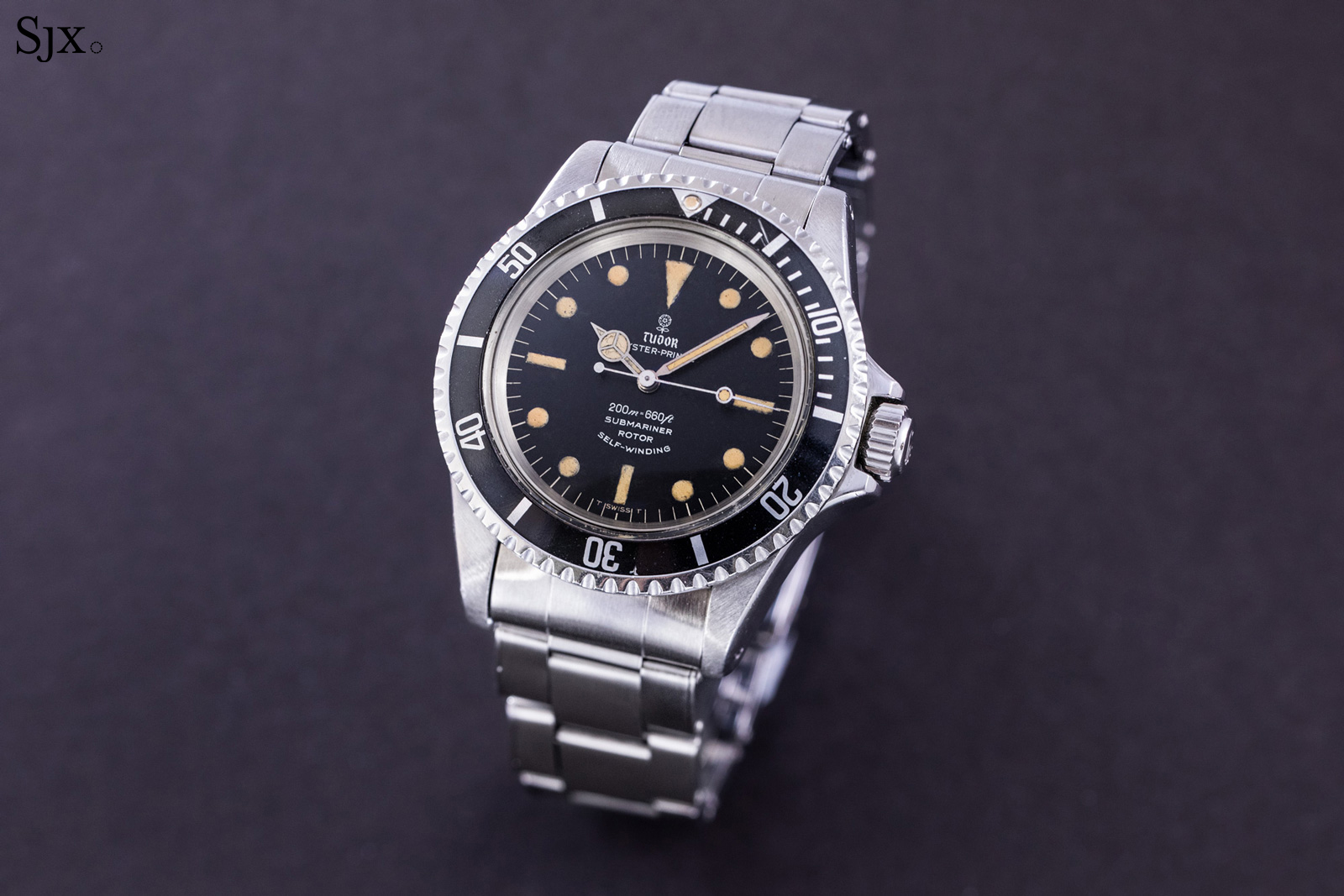
The ref. 7928 with a bezel that has minute hash marks from “0” to “15”
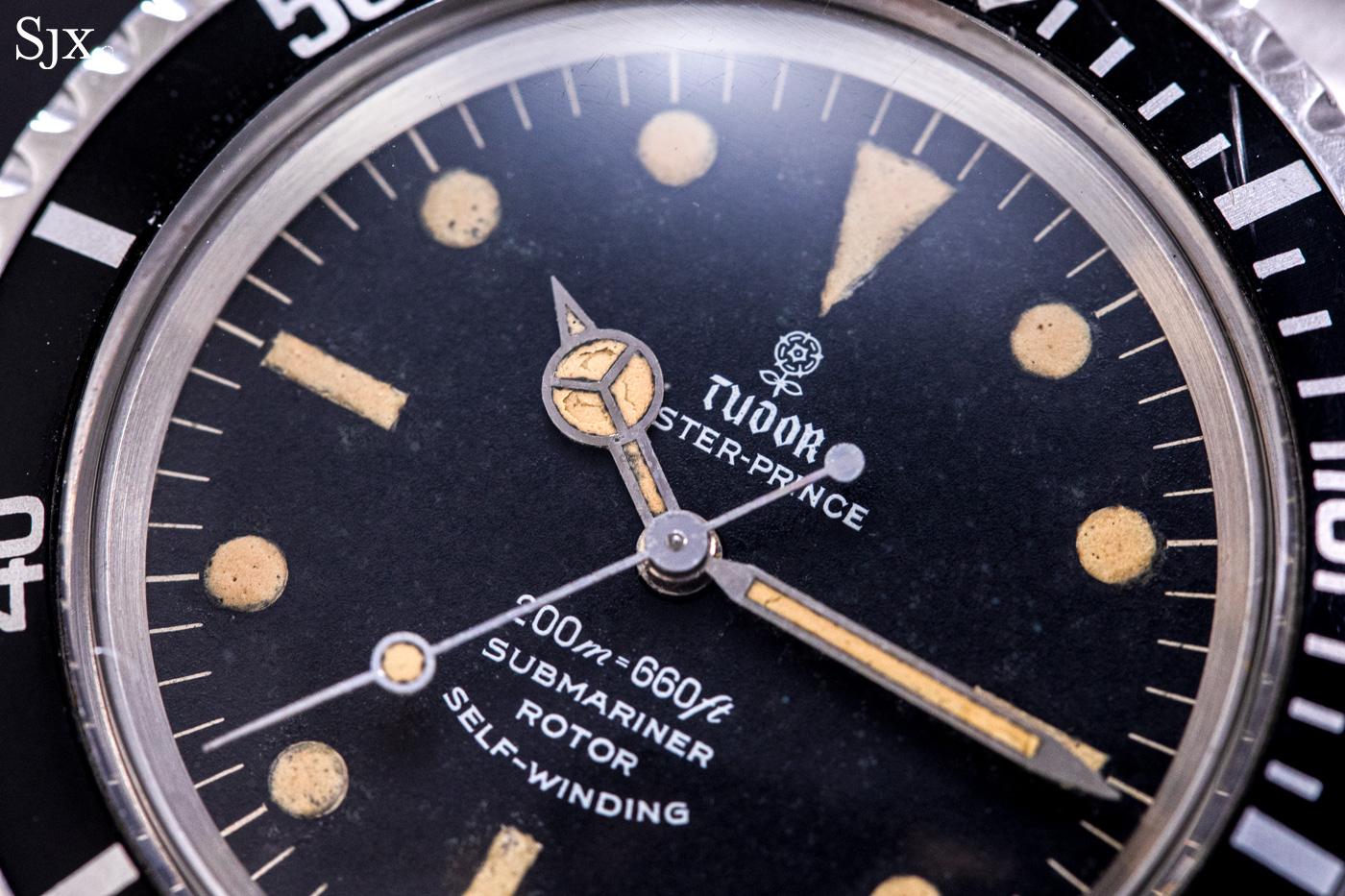
Its water resistance rose to 200 m, as compared to 100 m for earlier models
Notably, the ref. 7928 also marked the start of Tudor’s relationship with the United States Navy, which issued the ref. 7928 to its divers, and continued with subsequent models until the 1980s.
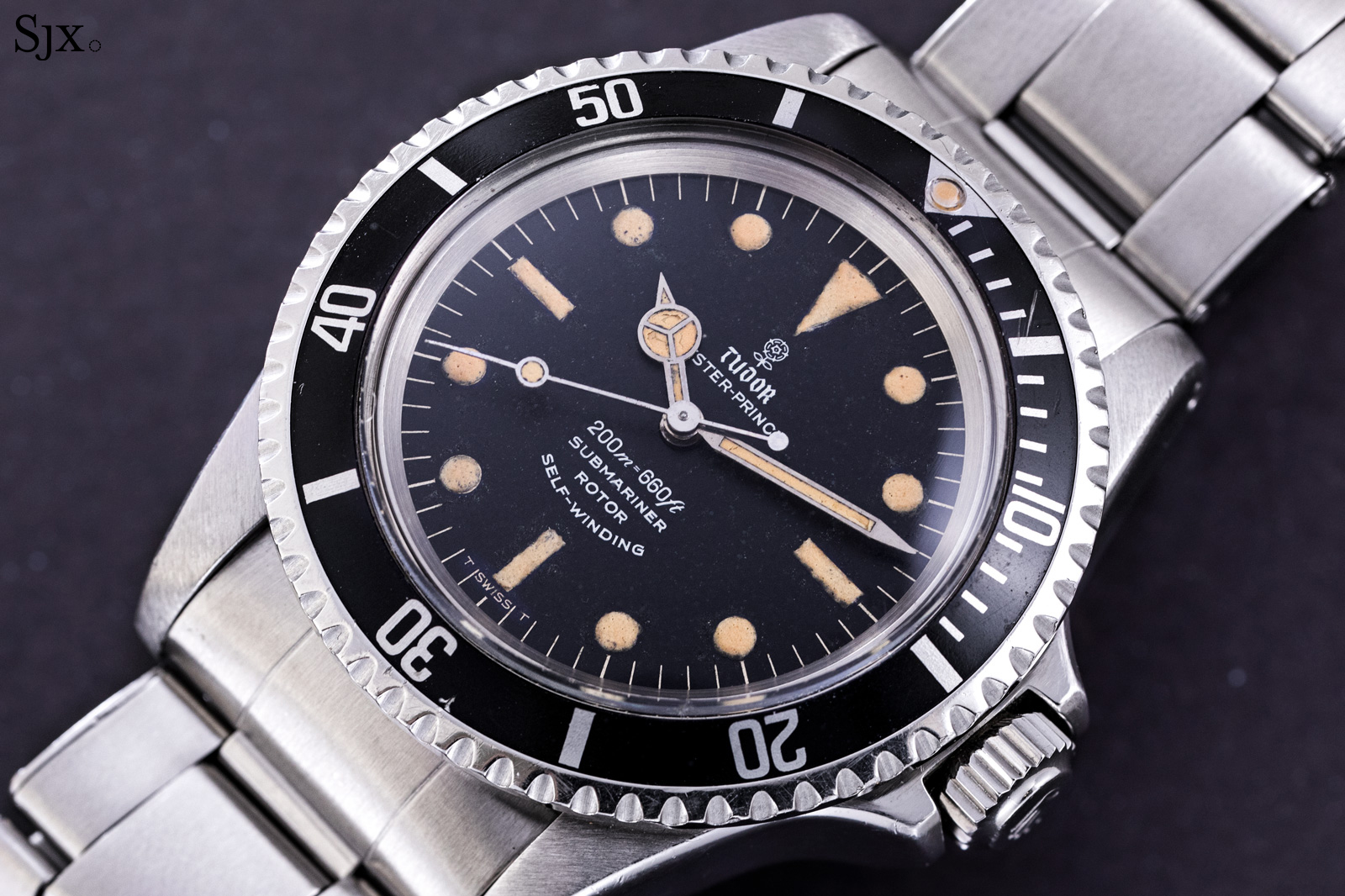
Notice the square crown guards that were later succeeded by rounded guards
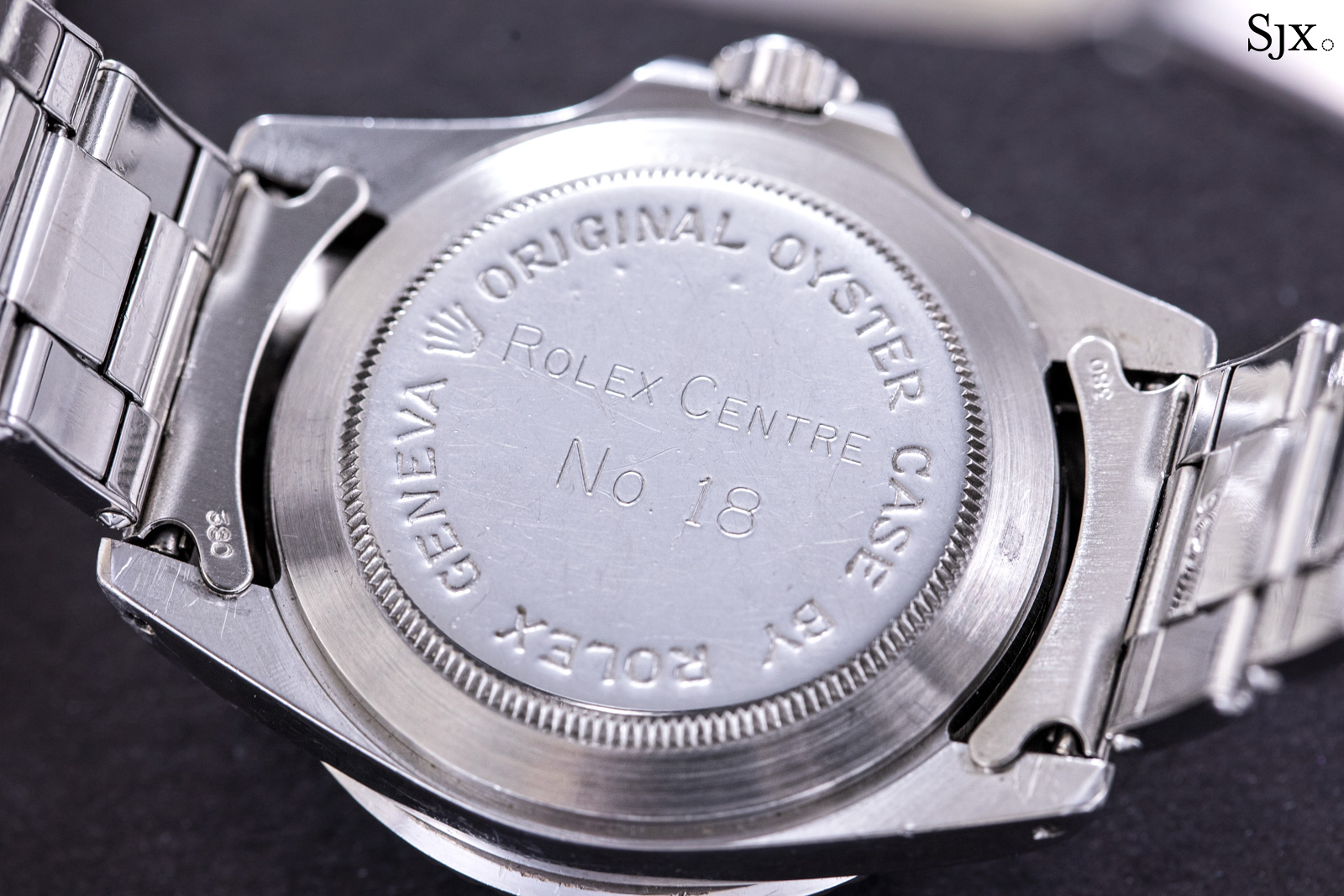
An internal Rolex inventory mark on the case back
Snowflakes falling
A defining feature of Tudor’s dive watches is the “snowflake” hour hand first introduced in 1969. Distinct from the “Mercedes” hour hand now synonymous with Rolex, the “snowflake” hand found its way into Tudor’s most recognisable military-issue diver, the Oyster Prince Submariner ref. 9401/0 “MN”.
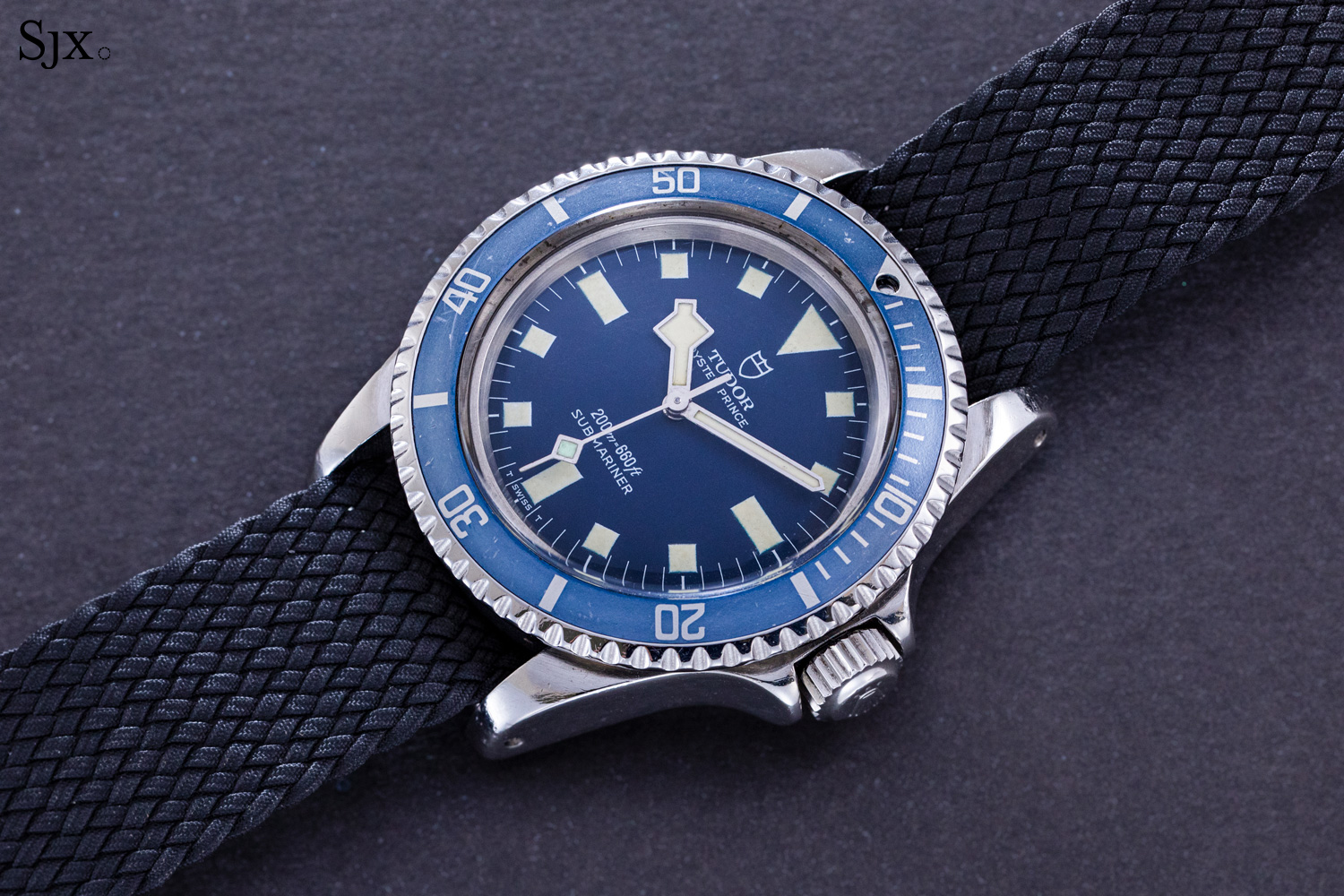
The ref. 9401/0 “MN”
Named after the fact that it was worn by divers of the Marine Nationale, the Submariner “MN” is defined not just by the “snowflake” hand, but also the unusual dial in dark blue with square hour markers that help it stand out from its predecessors as well as Rolex dive watches.
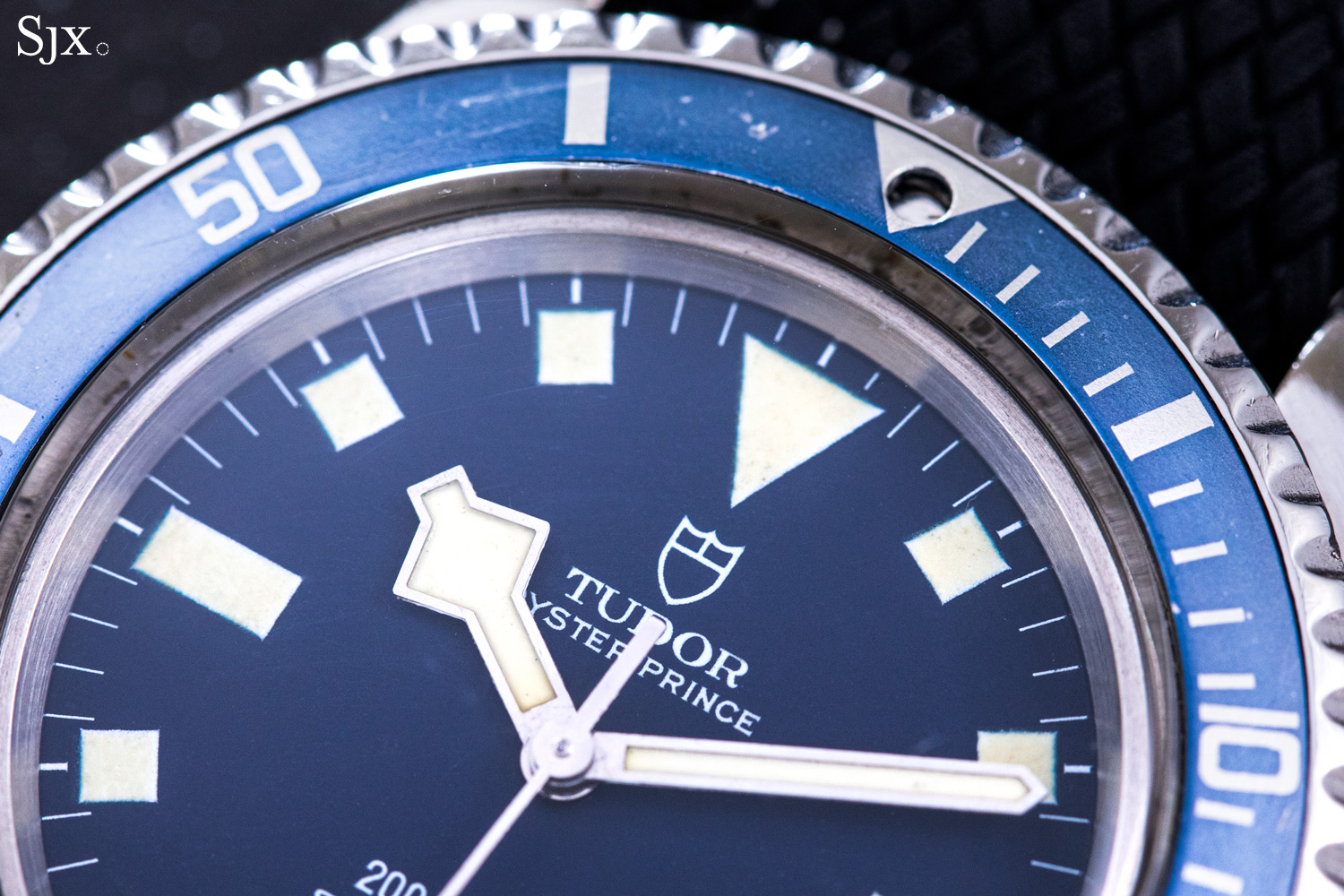
“Snowflake” hour hand and square markers
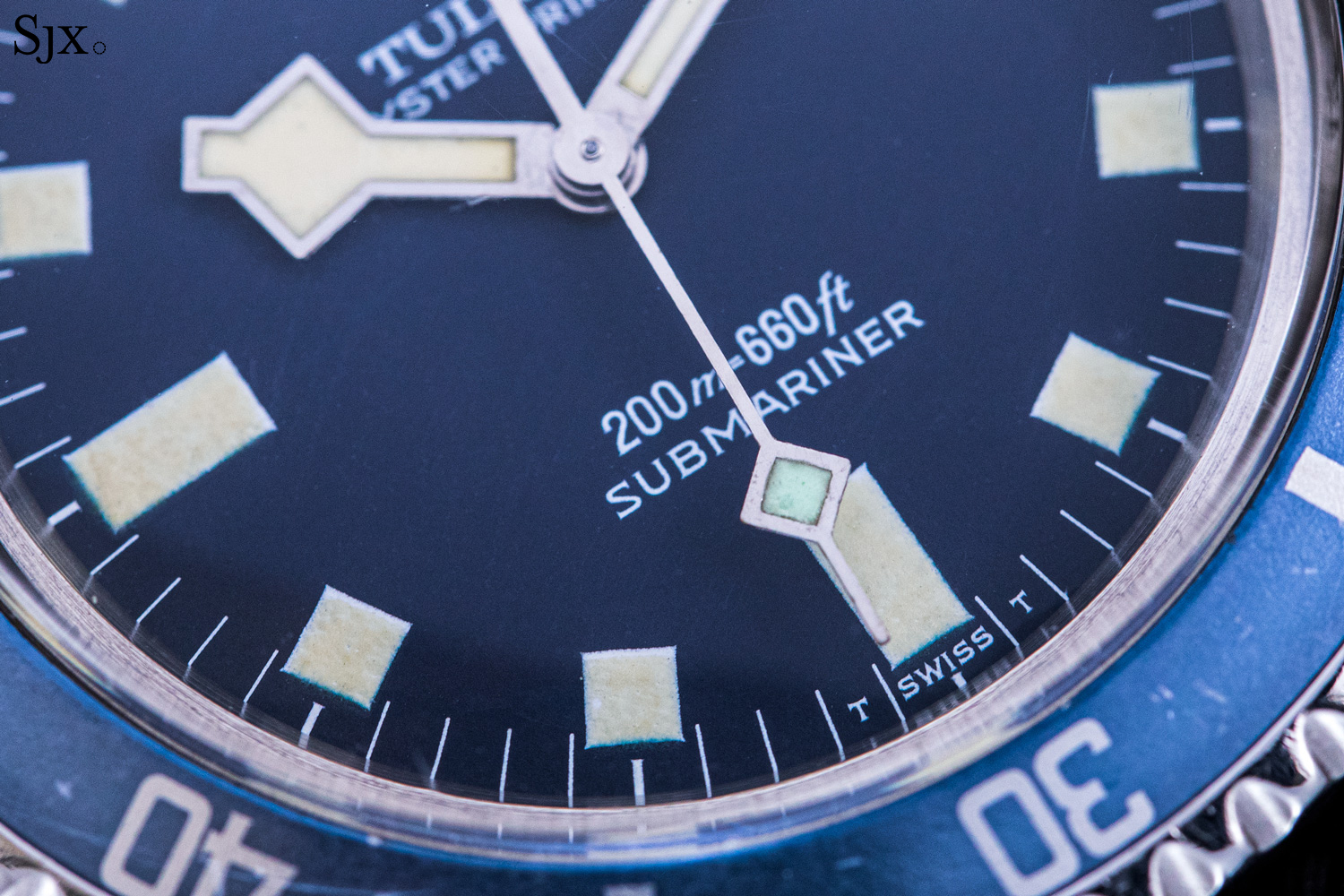
On show at the exhibition is a bona fide navy-issue Submariner that has the characteristic engraving on the back of “M.N.” followed by last two digits of the year it was issued, which in this case is “80” for 1980.
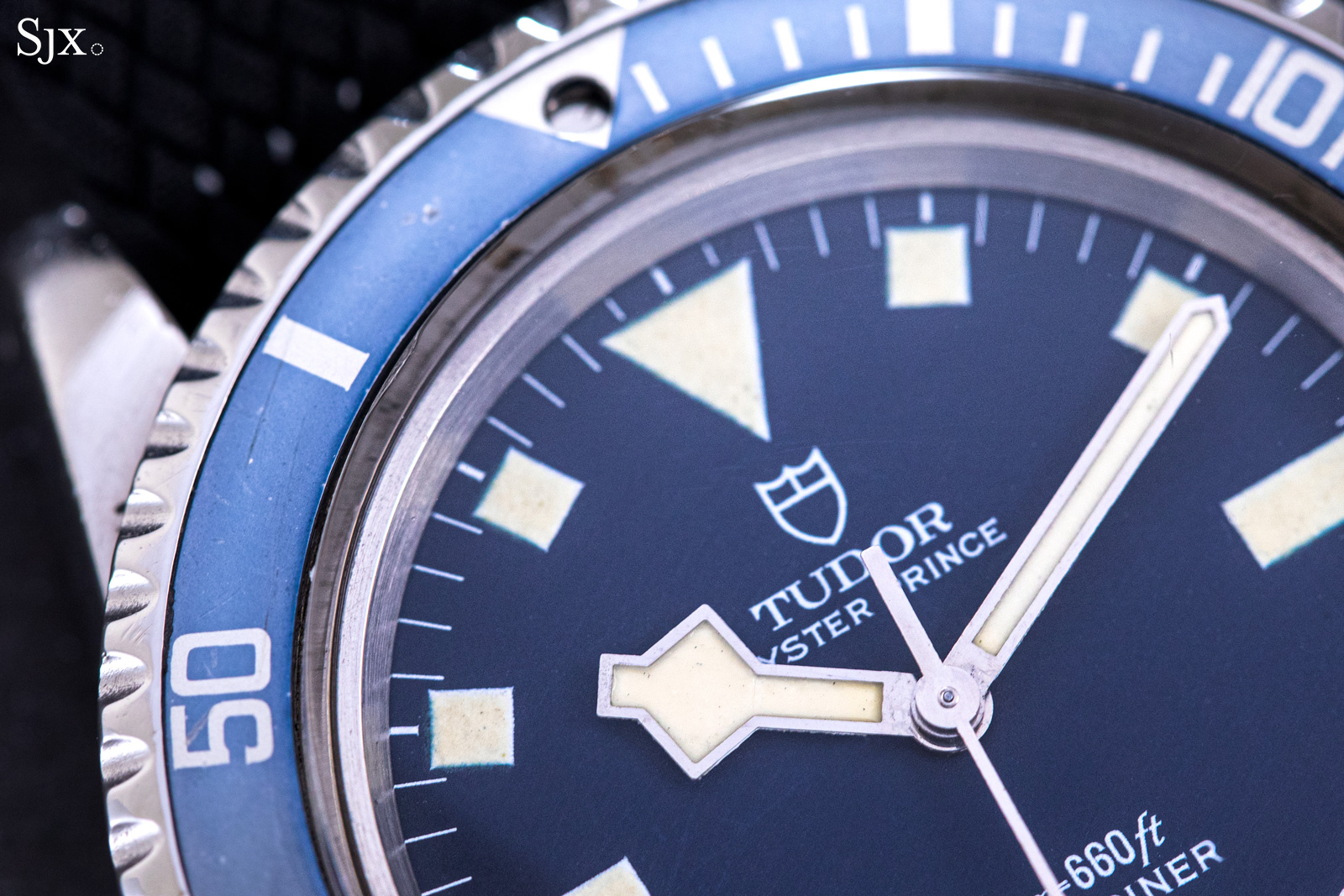
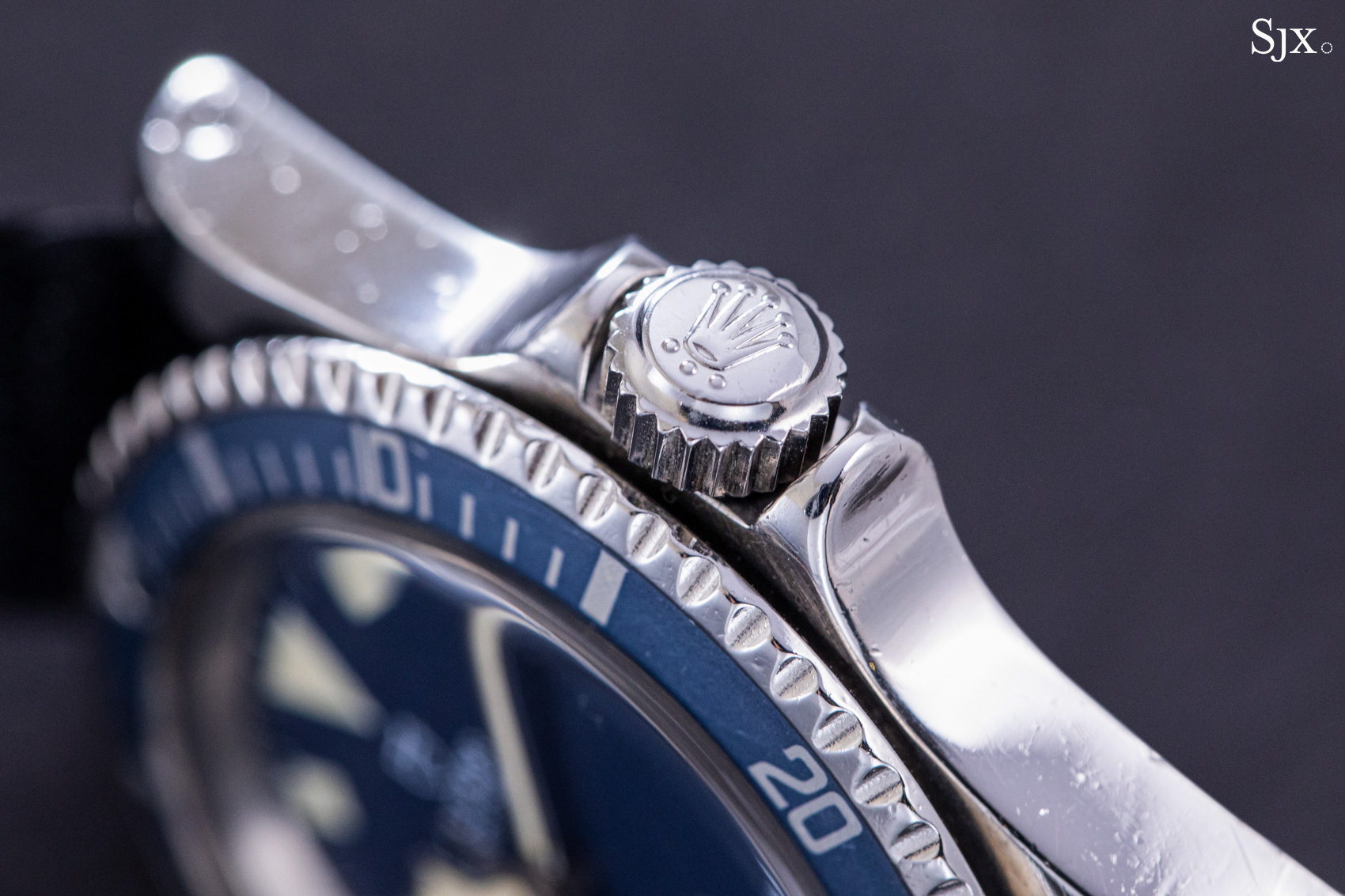
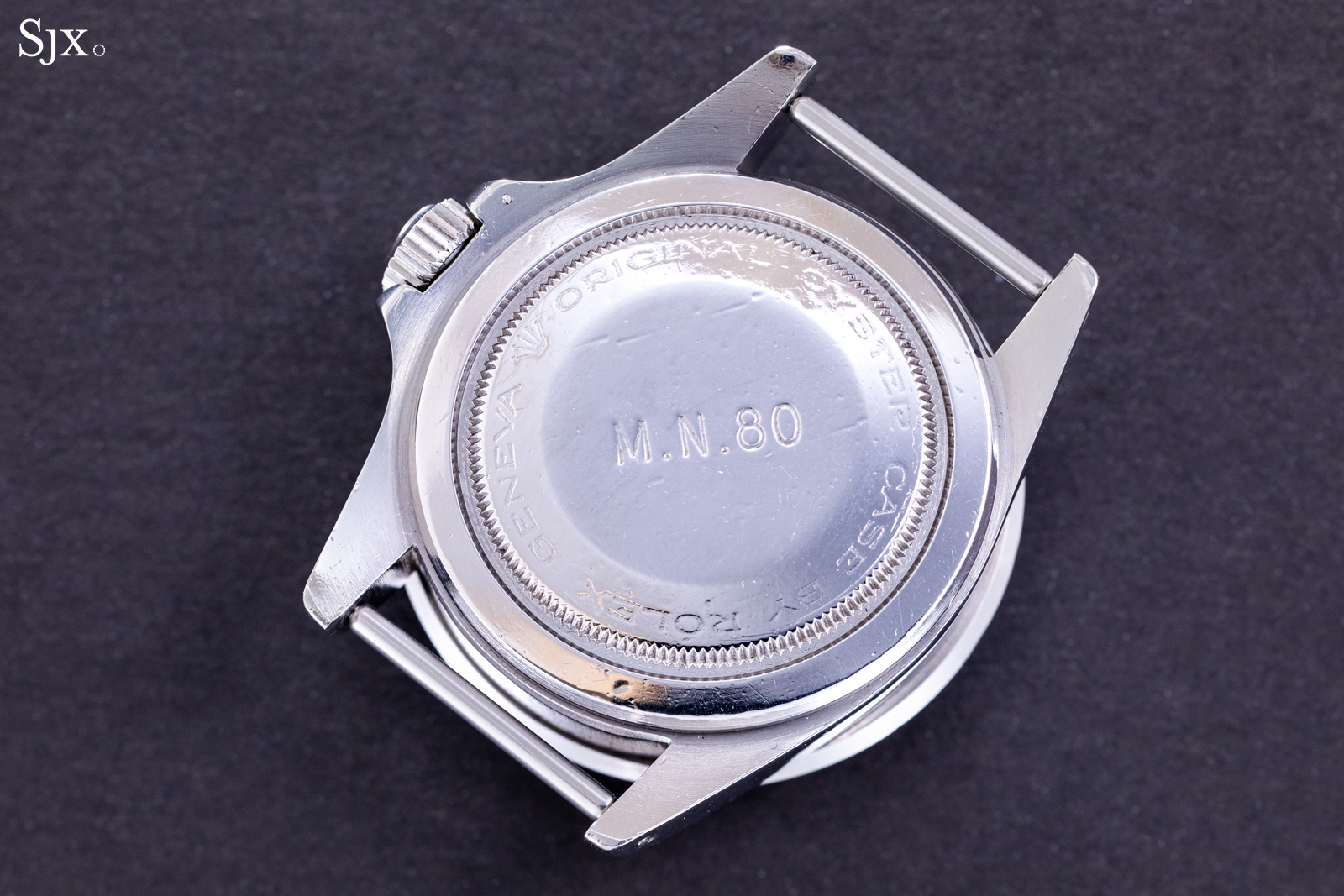
The engraving denotes 1980 as the year of issue
The Submariner finale
The “snowflake” hands and dial were set aside in subsequent iterations of the Tudor Submariner, only to return some two decades later.
In the intervening years, Tudor briefly experimented with the “lollipop” that resembled a “Mercedes” hand without the three-armed divider, before once again turning to the “Mercedes” hand. Both hand styles were matched with a dial featuring triangle markers for the quarters. One of the watches on display is an Oyster Prince Submariner ref. 94010 from the 1980s that has a transitional “lollipop” hand.
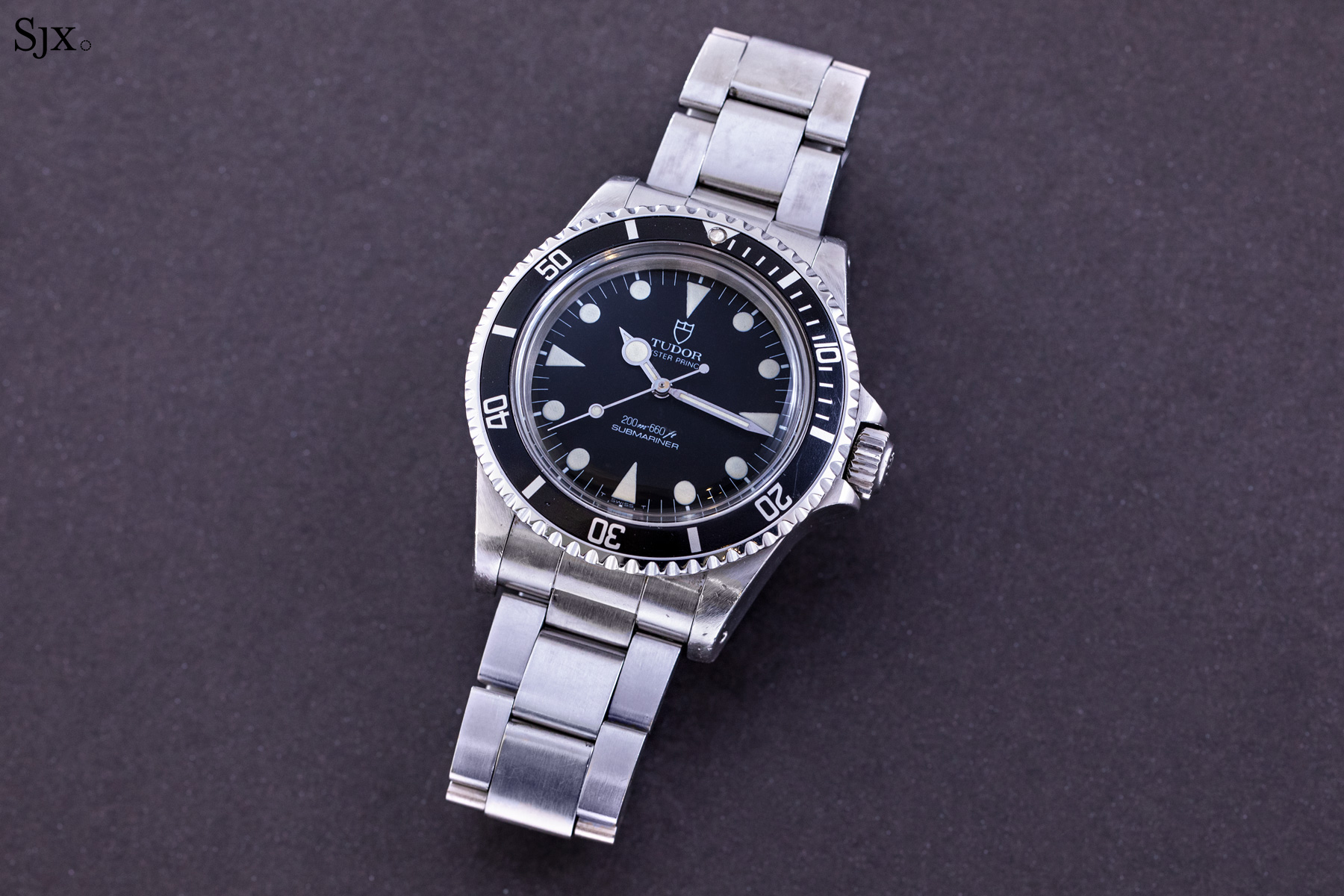
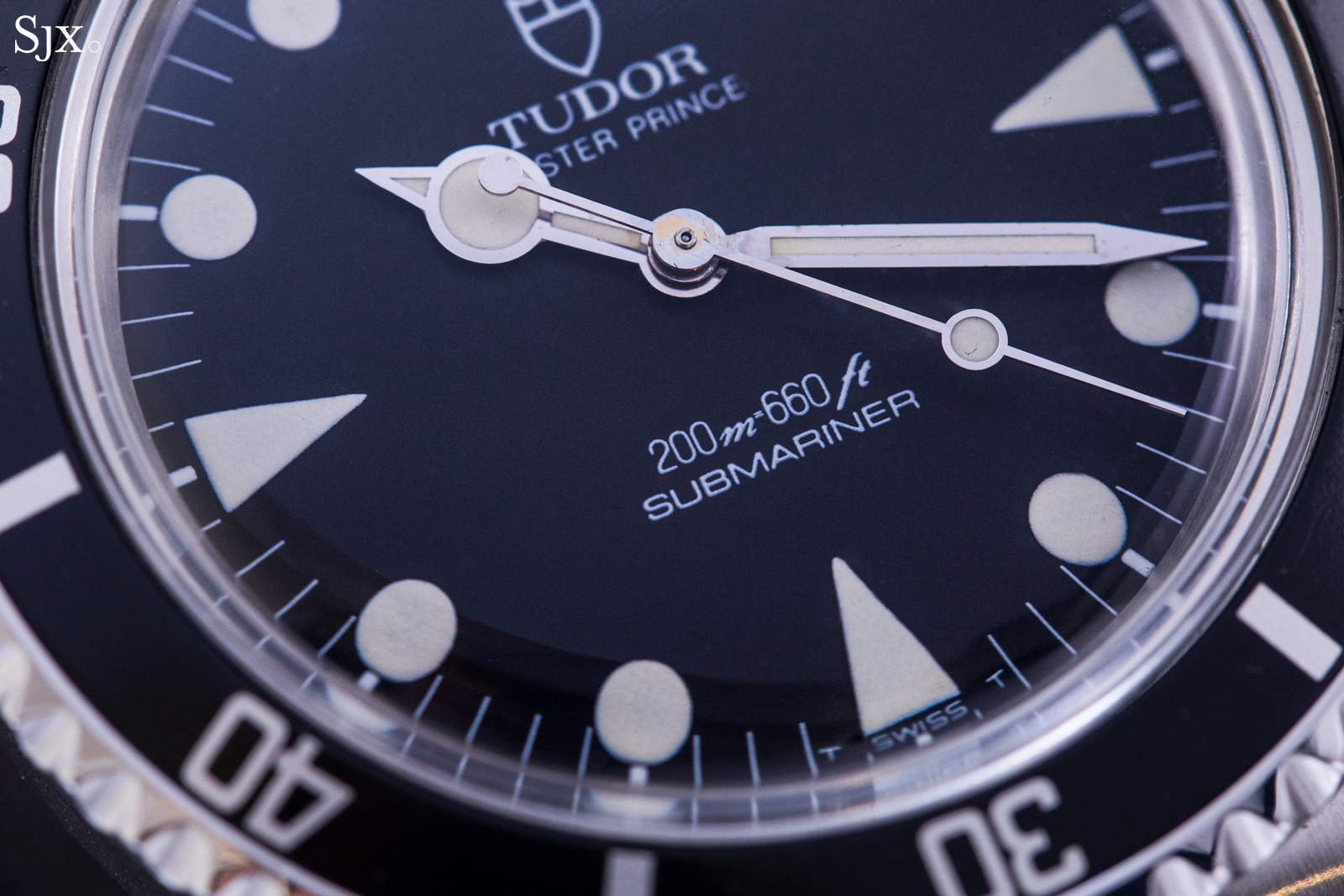
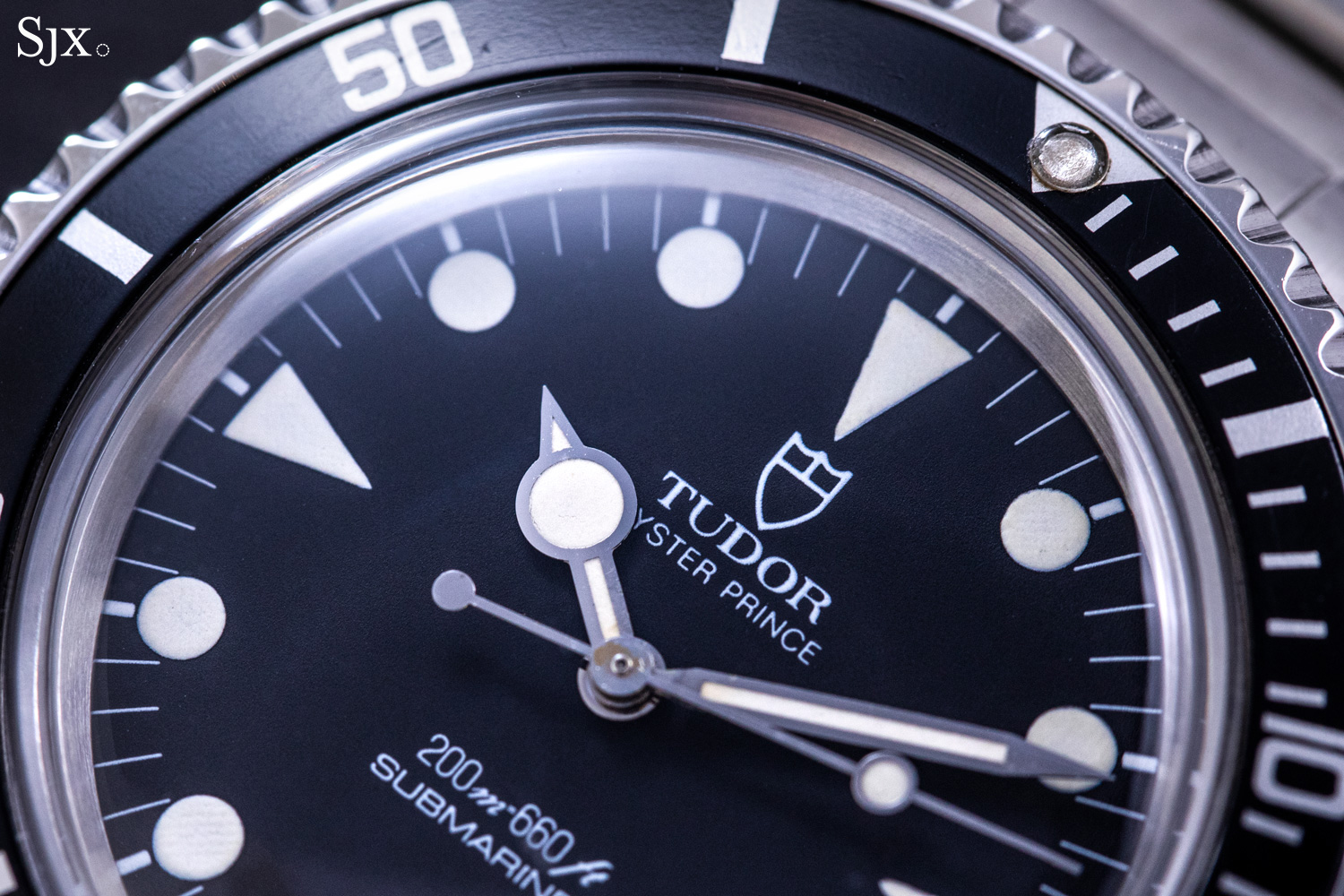
The “lollipop” hour hand
That was followed by the Oyster Prince Submariner ref. 79190, a 1990s model that was the last Tudor Submariner. Offered in several variations, the ref. 79190 in the exhibition is the last iteration of the model, featuring the familiar “Mercedes” hand along with several elements not found on any other Tudor dive watch.
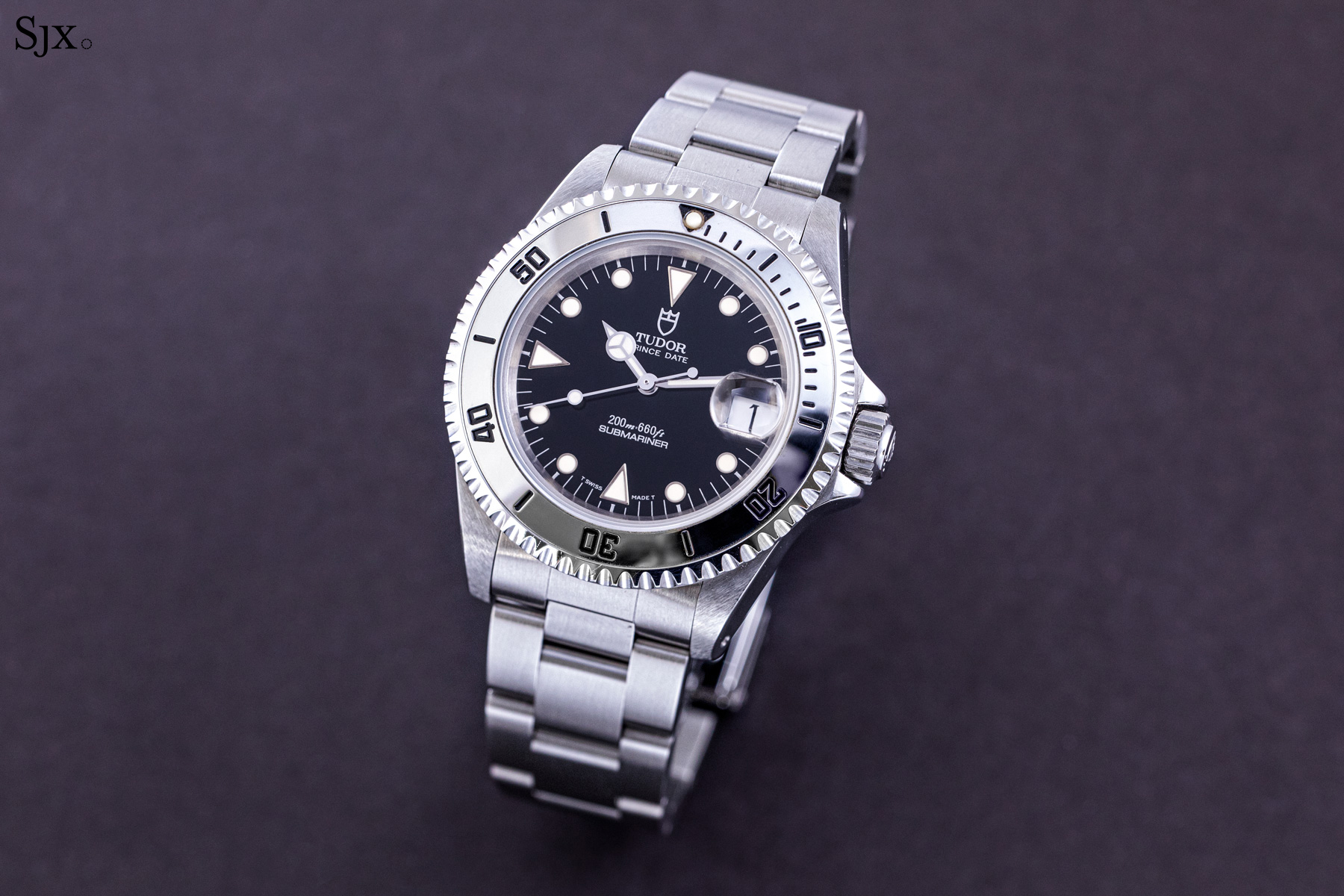
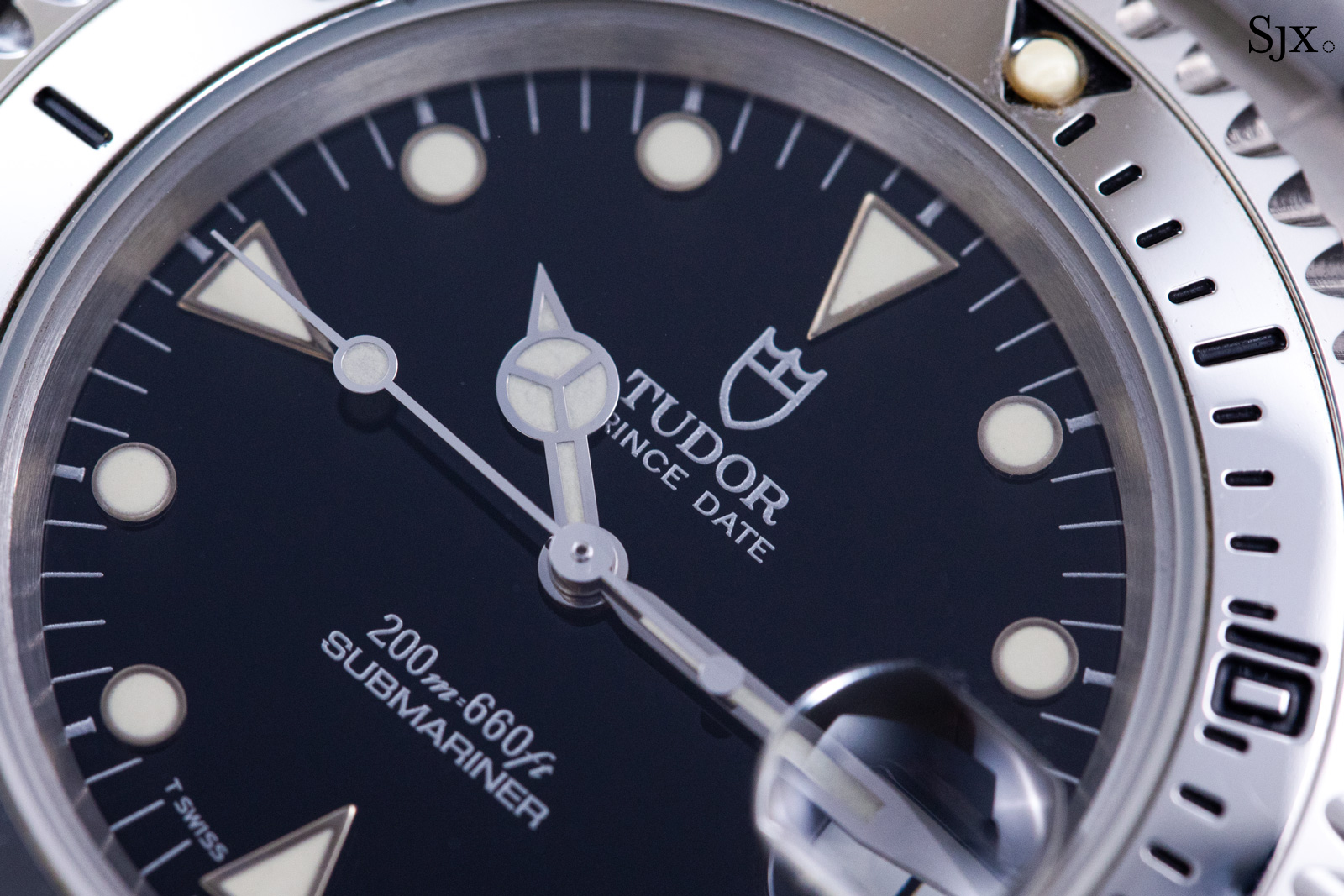
Most notably, it has a polished steel bezel insert with engraved markings (something only found on one other watch, the “Commando” prototype that inspired the modern-day Black Bay P01). And it also has a sapphire crystal that replaced the PlexiGlas found in its predecessors.
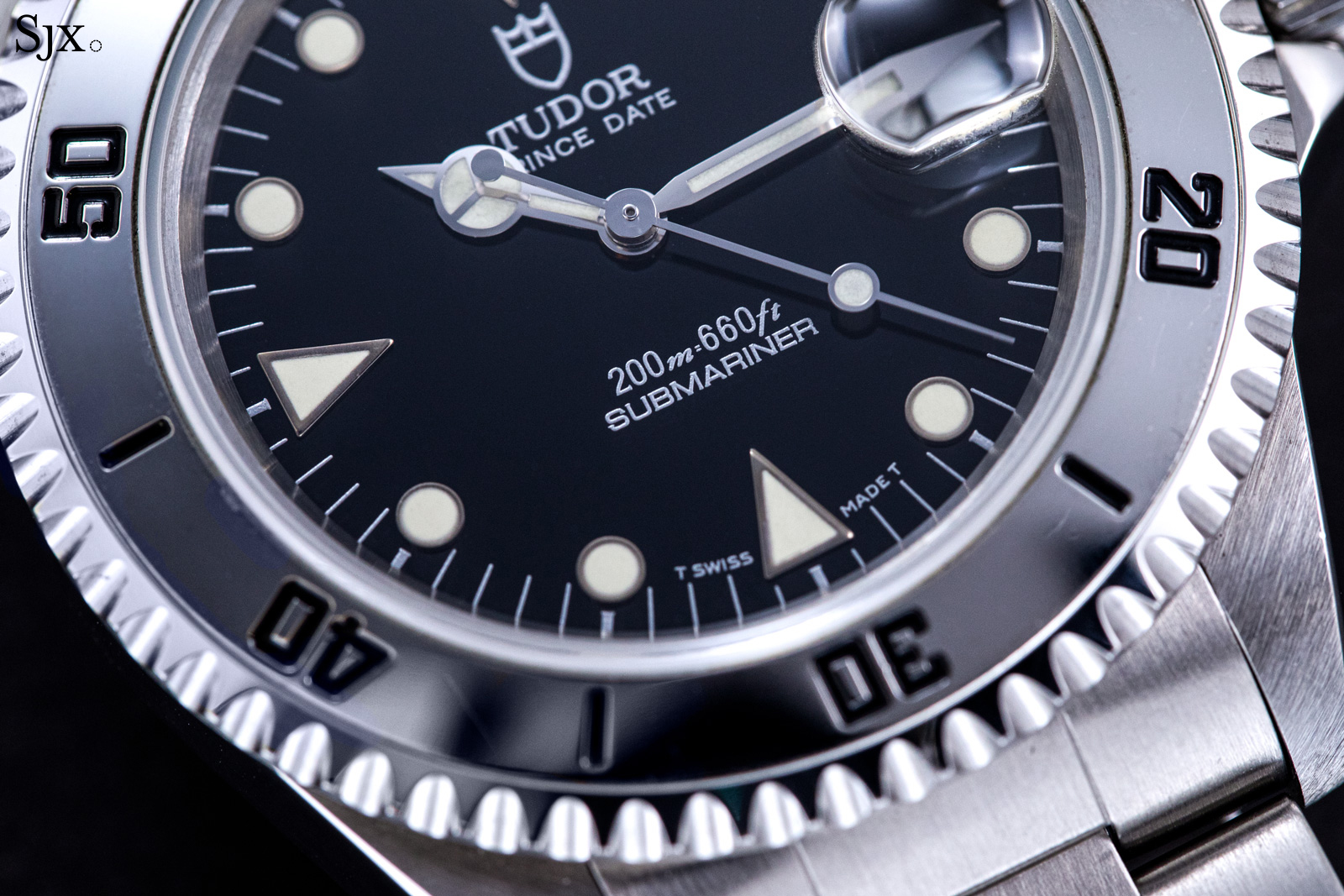
The polished-steel bezel insert has engraved markings filled with black lacquer
The renaissance
After Tudor discontinued the Submariner in 1999, it rolled out a series of unsuccessful dive watch designs that have been largely forgotten. It was more than a decade later that the brand finally revived its vintage designs with the Heritage Black Bay in 2012.
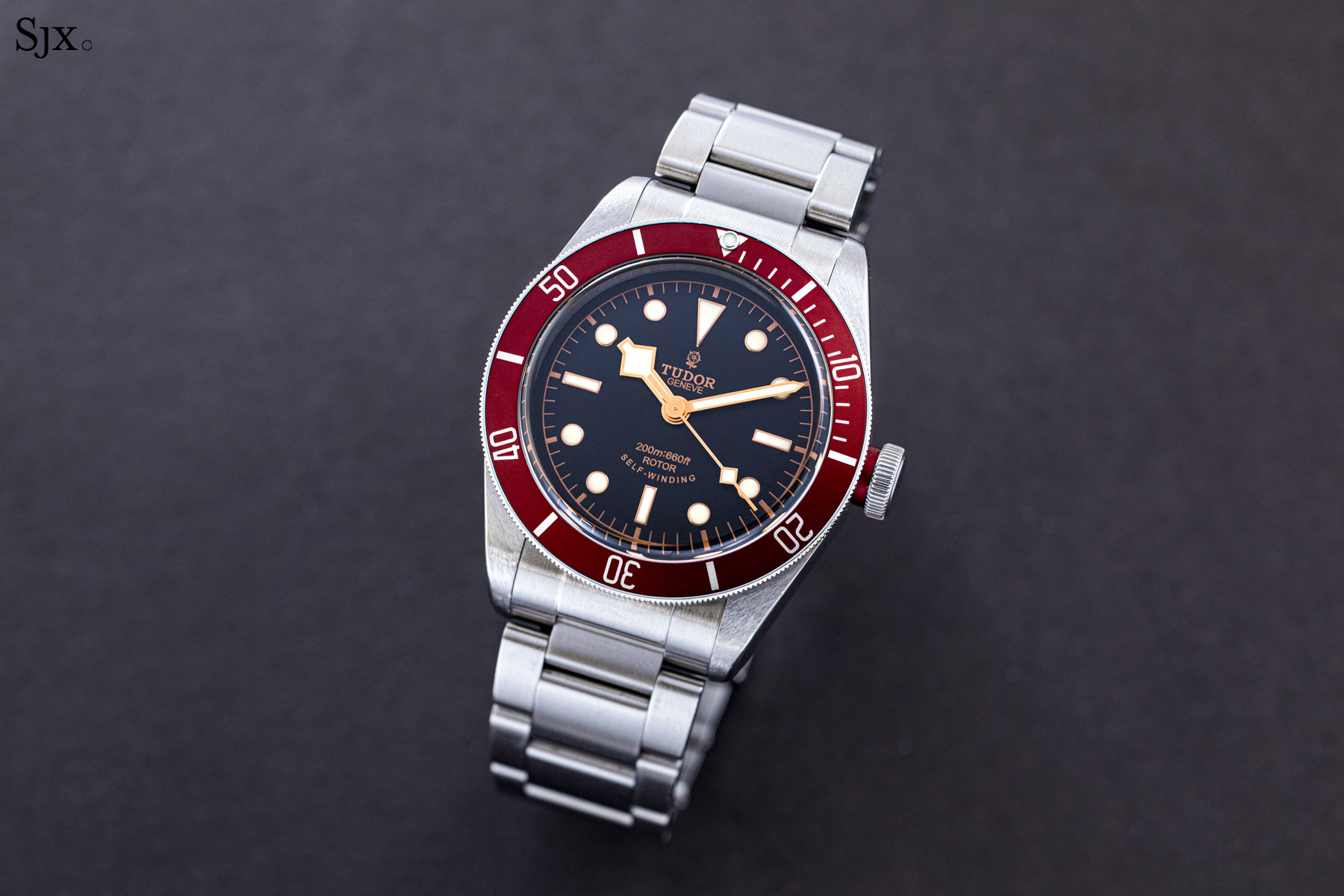
The renaissance began with the Black Bay ref. 79220, which blended elements from various historical periods, including the 1960s Tudor rose emblem and the “snowflake” hour hand, along with all-new burgundy bezel inspired by a prototype Submariner that never made it into production. Additionally, the dial of the first-generation Black Bay dial had “self-winding” arranged in a curve above six o’clock, something originally found on Submariners of the 1960s.
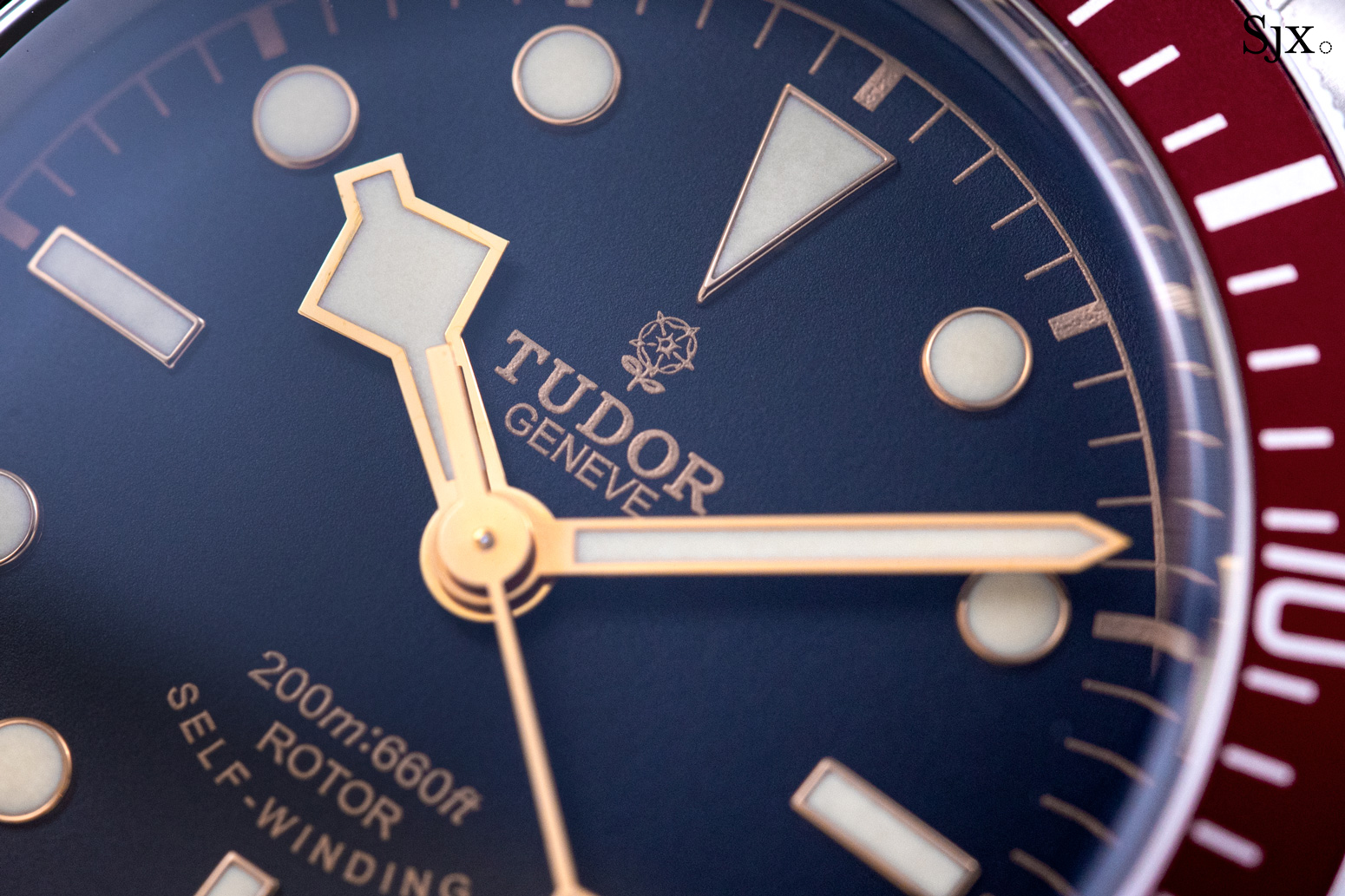
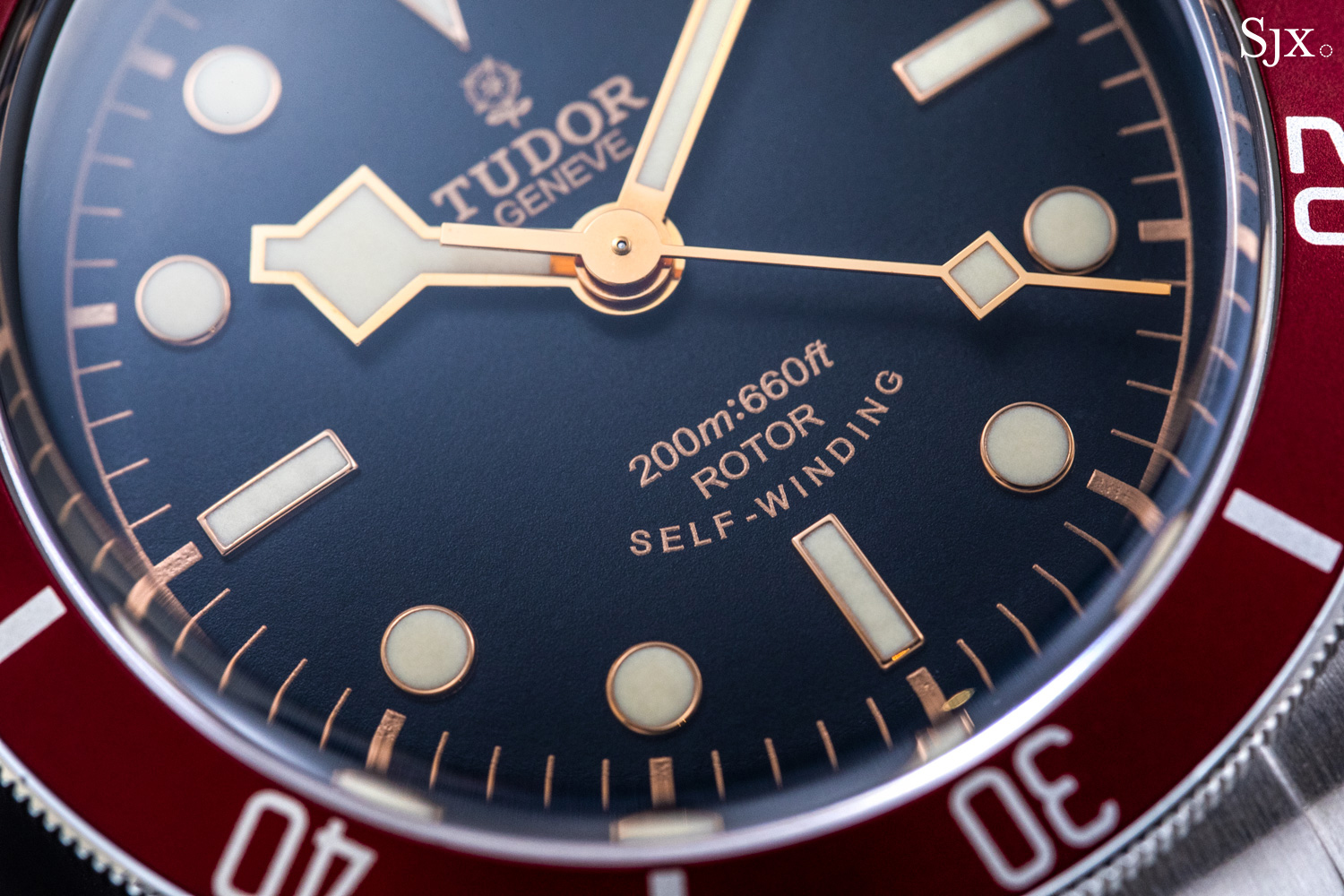
And independence
Tudor’s modern-day renaissance went beyond recreating historical designs, as it ventured outside of its archives with watches like the surprisingly bold Black Bay Dark and Black Bay Bronze. But most important was the debut of its own movements, a milestone in Tudor’s evolution into a standalone brand. Today, proprietary movements and stringent quality control are the brand’s biggest strengths, allowing its watches to offer exceedingly good values compared to the competition.
Having replaced the ETA 2824 in its 41 mm Black Bay watches with its own calibre, Tudor subsequently developed a smaller in-house movement, the cal. MT5402, which was launched in the 39 mm Black Bay Fifty-Eight that had a “gilt” dial modelled on the Submariner ref. 7924 “Big Crown” launched in 1958.
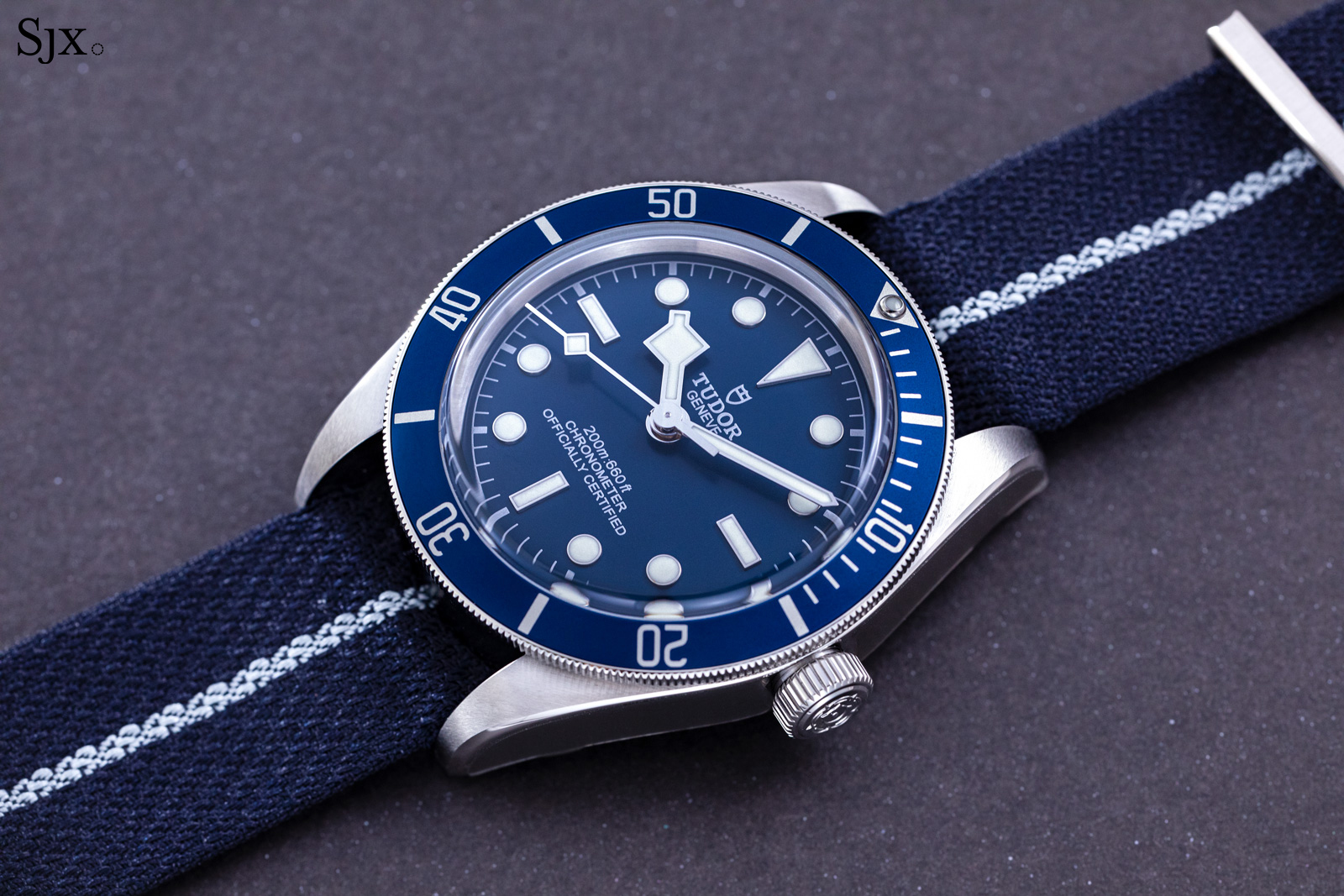
The Black Bay Fifty-Eight “Navy Blue”
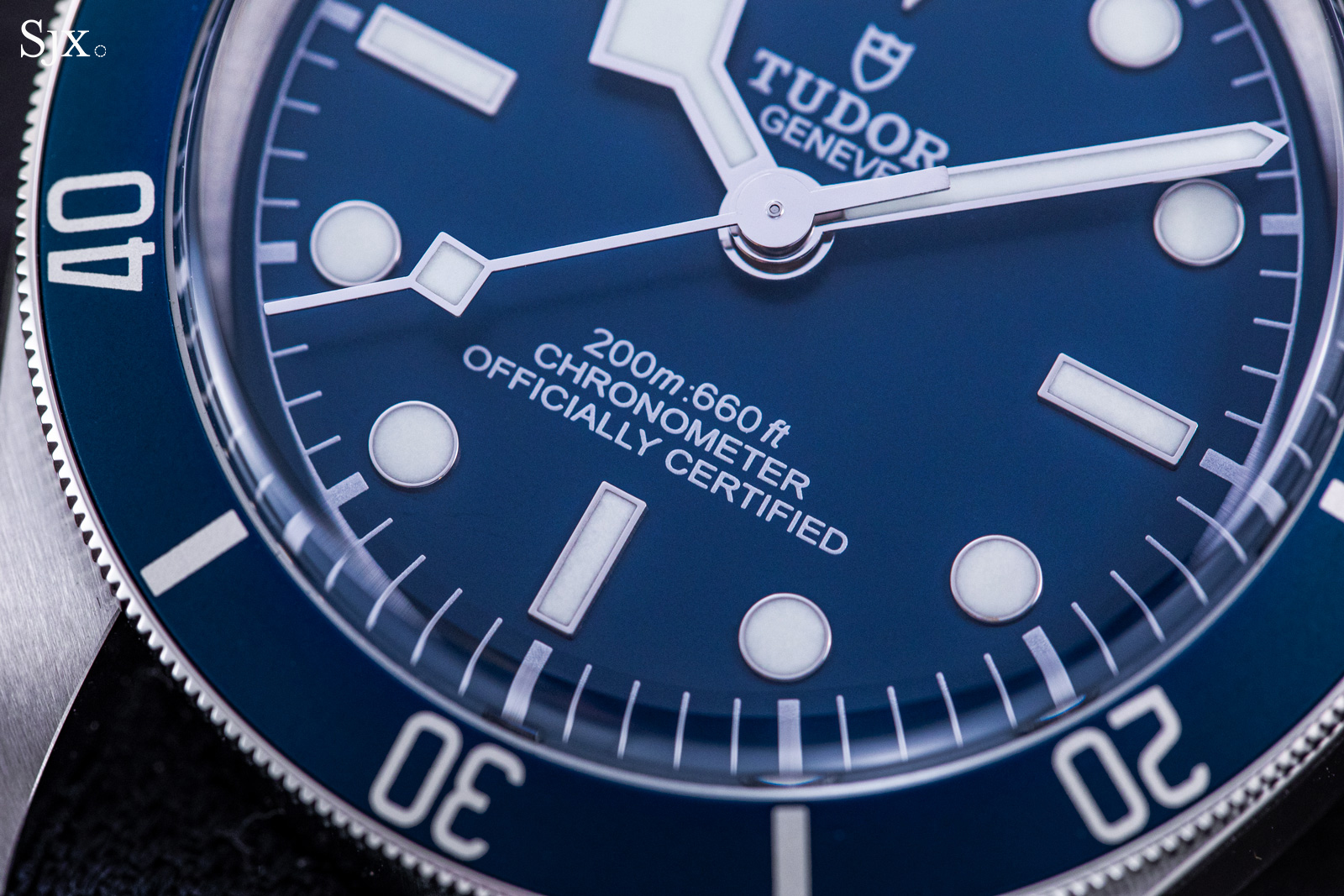
Very much “MN” inspired
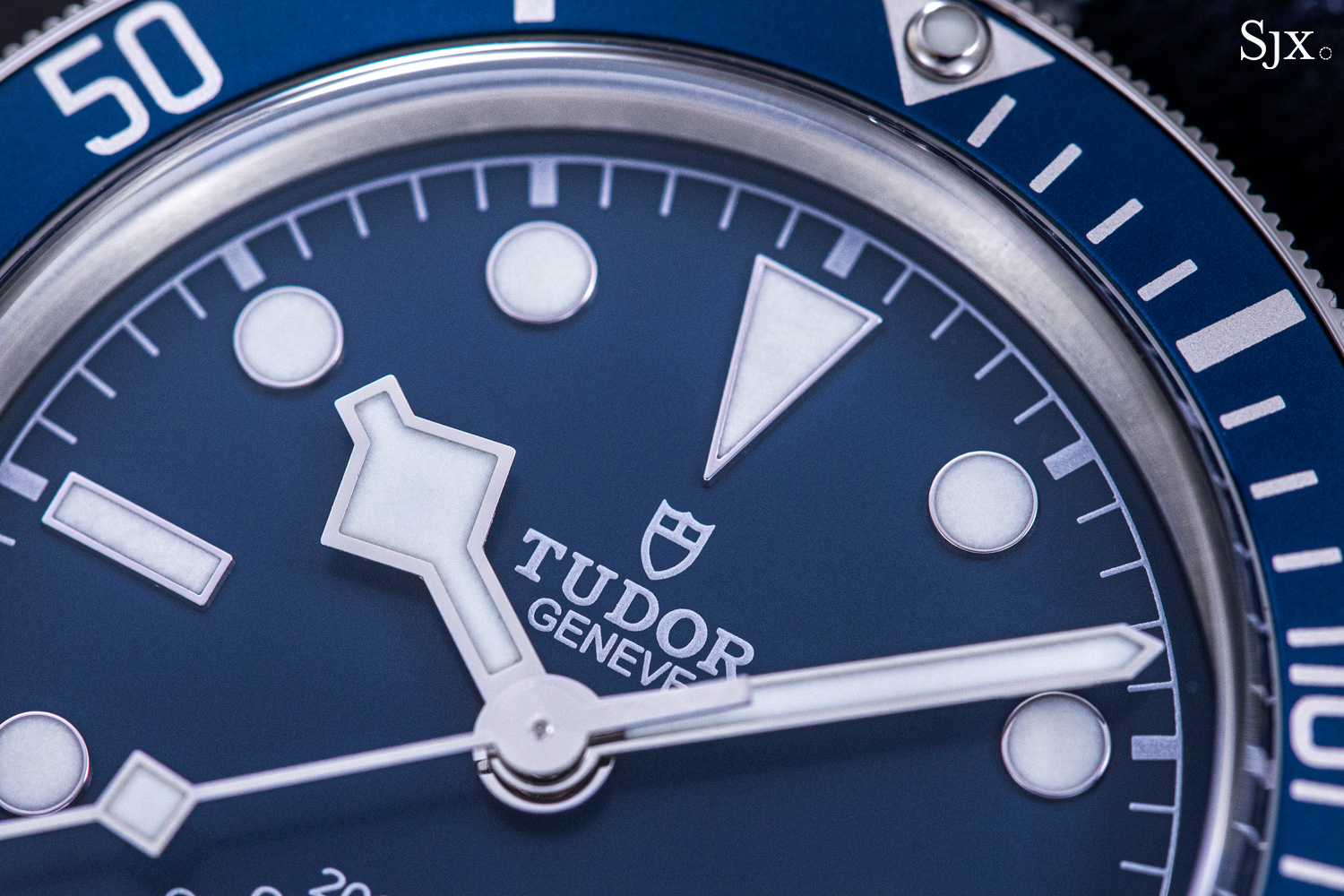
Because of the smaller case and thinner movement, the Fifty-Eight was much more wearable and boasts more retro charm. Earlier this year, Tudor unveiled the Black Bay Fifty-Eight “Navy Blue”, which takes its colours from the Submariner ref. 9401/0 “MN”.
Six Decades of Tudor Divers’ Watches
Tudor Boutique
2 Orchard Turn
#01-14 ION Orchard
Singapore 238801
Open daily from 11:00 am to 10:00 pm
Back to top.

